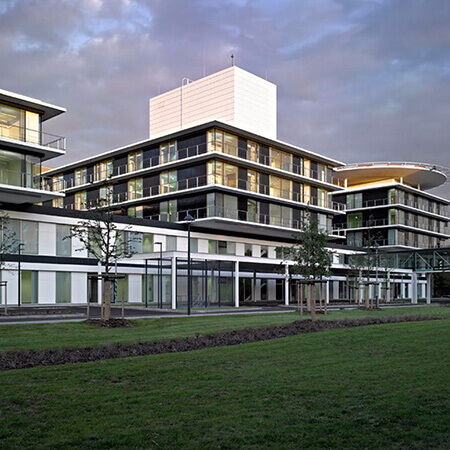About the disease
Gastric polyps are masses of cells that form in the stomach lining. These masses are usually benign and in most cases do not present any danger. Since gastric polyps do not cause any pain, they are often found accidentally during a regular check-up or while diagnosing another illness. Nonetheless, gastric polyps can develop into ulcers if not treated in time.
Sometimes, gastric polyps can create a blockage between the stomach and the small intestine and in this case they would need to be removed immediately to restore the digestive function. If gastric polyps turn into ulcers, they become quite painful and cause considerable discomfort. Another possible complication of gastric polyps is gastritis, which is inflammation of the stomach. They can also develop as a result of gastritis or any other inflammation of the stomach lining.
Polyps are very similar to adenomas in their structure, although adenomas can be more dangerous and more difficult to treat. Also, adenomas can sometimes become cancerous, which is why they need to be removed once found. Gastric polyps rarely become larger than 30-40 millimeters in length. If gastric polyps grow larger than one centimeter, they require immediate surgical intervention, as they can result in scarring of the stomach lining.
Certain drugs, which are taken to reduce stomach acid, can also contribute to the development of gastric polyps, although in this case the condition is not dangerous. Gastric polyps are most common in people aged between 30-50 years old.
Symptoms
If gastric polyps are small, they generally do not cause any symptoms. If they are big, there can be such symptoms as:
- Nausea
- Indigestion
- Burning feeling in the stomach
- Pain in the abdomen
- Blood in the stool
- Weight loss
- Reduced appetite
Diagnosis
- During a general examination, the gastroenterologist will ask the patient about the medications they are taking and whether or not they have stomach acid reflux or have had gastritis or bacterial infections in the past.
- An endoscopy allows doctors to examine the lining of the stomach. A special thin tube with a camera and light at the end of it is fed down the patient’s throat into the stomach. It can determine the size of the gastric polyps, how many of them there are and whether or not they are blocking the entrance to the small intestine from the stomach.
- A biopsy can, in some cases, rule out the risk of malignancy. A small sample of stomach lining is examined under the microscope.
Treatment
- Conservative treatment includes simple observation of the patient by a gastroenterologist, who will monitor the dynamics of the polyps’ growth and determine whether or not they need to be resected.
- Gastroscopic resection is a minimally invasive surgical procedure to remove the polyps. Usually, an endoscopic resection is sufficient in removing all of the polyps. If the patient also has adenomas, they will be removed as well. The surgery is quick and rarely poses any danger or results in any side effects. Following surgery, the patient will need to undergo regular endoscopies to make sure the gastric polyps haven’t grown back.
Authors: Dr. Nadezhda Ivanisova, Dr. Sergey Pashchenko



















